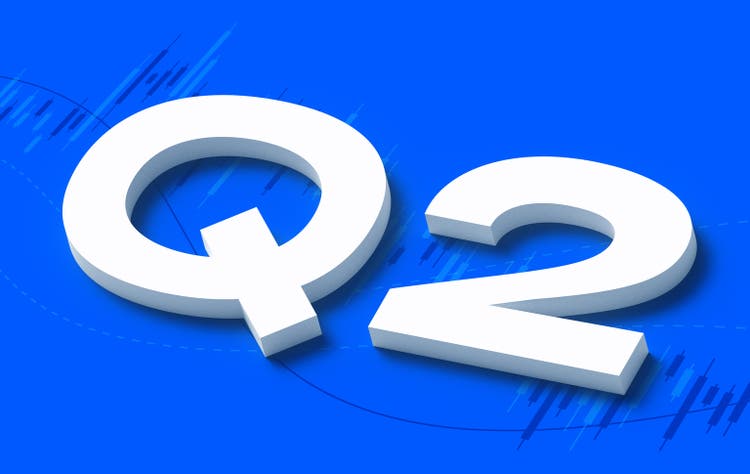- U.S. stock markets reacted negatively on Monday after President Trump announced via social media that he would unilaterally impose 25% trade tariffs on Japan and South Korea. The tariffs target two of America’s closest allies and key suppliers of autos, electronics, and steel.
President Donald Trump jolted global markets Monday with the announcement that the U.S. will impose a sweeping 25% tariff on all imports from Japan and South Korea beginning August 1. The move, delivered via letters to the leaders of both countries and posted on Truth Social, marks a dramatic escalation in the administration’s campaign to force trading partners into what Trump calls “more equitable and fair TRADE”.
U.S. equities responded with a sharp retreat as the news broke. The Dow Jones Industrial Average plunged as much as 447 points (down 1%), the S&P 500 shed 0.8%, and the tech-heavy Nasdaq Composite slipped 0.9% by midday trading. The S&P 500 and Nasdaq had posted all-time highs last week, but optimism evaporated as investors digested the prospect of retaliatory measures and supply chain disruptions. Here’s how it stood during the middle of the day’s trading:
- Dow Jones: -447 points (-1%)
- S&P 500: -0.8%
- Nasdaq: -0.9%
The abrupt policy change injected fresh uncertainty into markets. Tesla led the decliners, falling nearly 7% as investors reacted to news that CEO Elon Musk’s attention was focused on building a new political party. The selloff was broad-based, with multinationals and manufacturers particularly hard-hit.
The tariffs target two of America’s closest allies and key suppliers of autos, electronics, and steel. Companies with global supply chains—especially in tech, automotive, and consumer goods—face likely margin pressure and rising input costs. Both Japan and South Korea are expected to respond, potentially targeting U.S. exports in sectors from agriculture to aerospace.
With Q2 earnings season about to kick off, analysts previously warned that tariff-driven cost inflation could show up in profit warnings and revised guidance, especially for S&P 500 companies with significant Asia exposure.
For this story, Fortune used generative AI to help with an initial draft. An editor verified the accuracy of the information before publishing.
This story was originally featured on Fortune.com

 3 hours ago
1
3 hours ago
1














 English (US) ·
English (US) ·